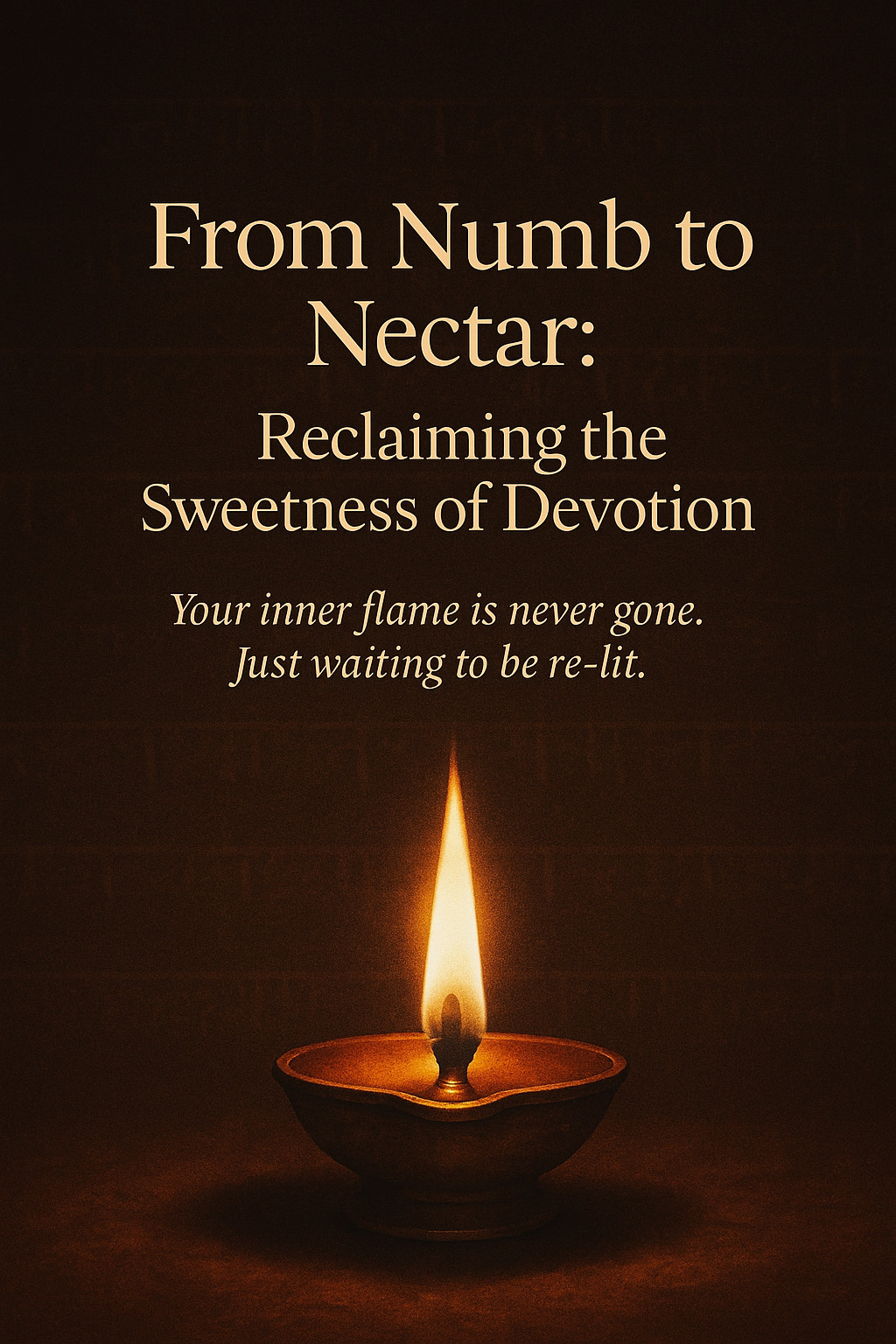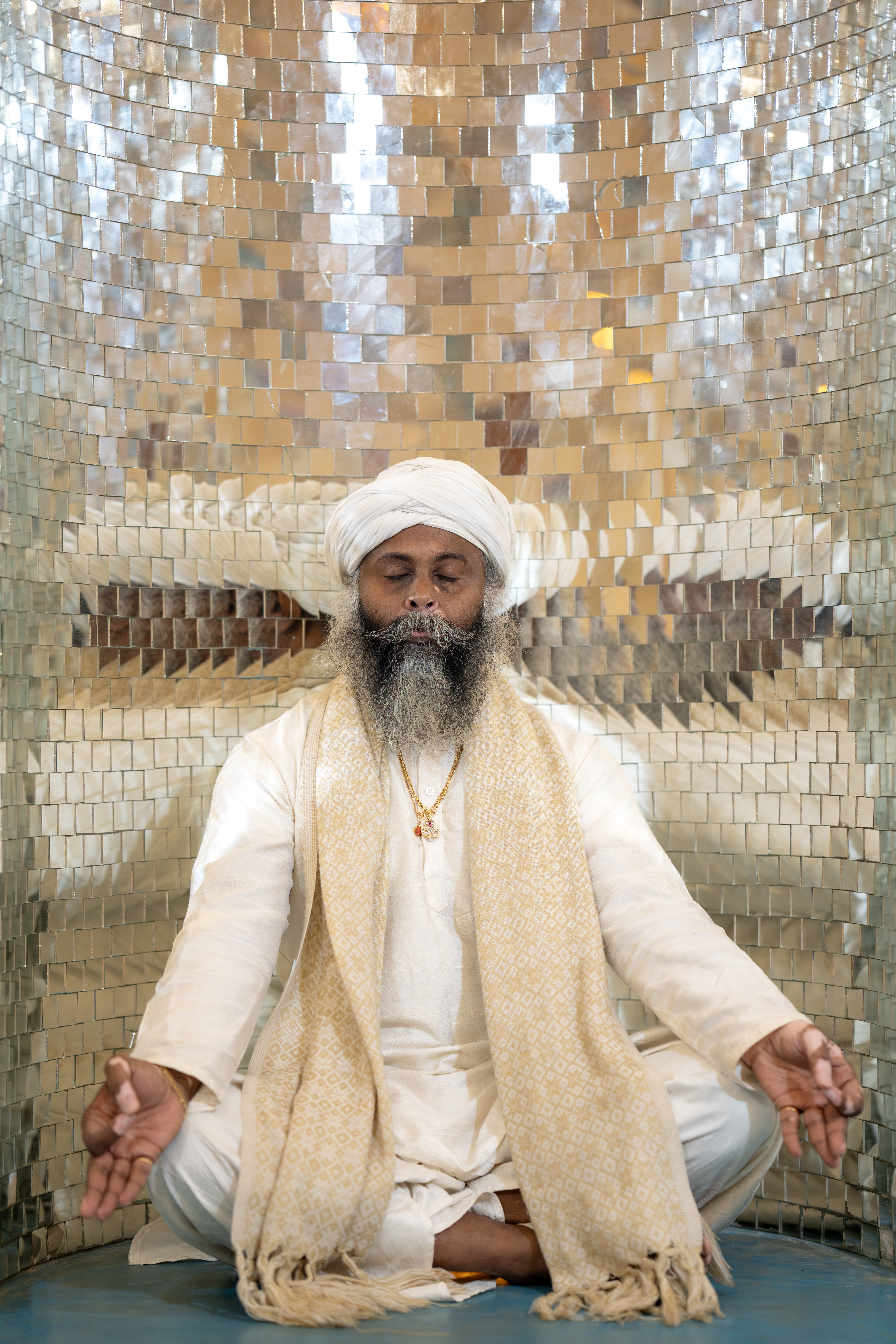The bindi (worn primarily by women) and the tilak (often worn by men) are more than just decorative forehead markings. They hold spiritual, cultural, and emotional significance, representing devotion, protection, and energy alignment.
1. Why Are Bindis & Tilaks Worn?
Spiritual Significance
- Applied at the Ajna Chakra (Third Eye), the center of intuition and wisdom.
- Helps focus consciousness inward and activate spiritual awareness.
- Acts as an energy seal, preventing energy dissipation from the forehead region.
Emotional & Psychological Significance
- Instills a sense of inner calm and confidence.
- Represents a commitment to one’s beliefs, whether religious or personal.
- Creates a protective shield, keeping negativity away.
Cultural & Traditional Reasons
- A mark of auspiciousness and good fortune, especially for married women.
- Represents sectarian identity in different spiritual traditions.
- Used in rituals and ceremonies to invoke divine blessings.
2. Colors & Their Meanings
🔴 Red (Most Common)
- Symbolism: Strength, vitality, devotion, and love.
- Materials Used: Kumkum (turmeric-based vermillion).
- Emotional Effect: Increases passion, confidence, and grounding.
- Spiritual Connection: Represents Shakti (divine feminine energy) and Lakshmi (goddess of prosperity).
⚪ White
- Symbolism: Purity, peace, and higher consciousness.
- Materials Used: Sandalwood paste, sacred ash (vibhuti).
- Emotional Effect: Calms the mind, enhances clarity, promotes surrender.
- Spiritual Connection: Associated with Shiva, monks, and ascetics.
🟡 Yellow/Gold
- Symbolism: Knowledge, wisdom, auspiciousness.
- Materials Used: Turmeric, sandalwood paste.
- Emotional Effect: Stimulates the intellect and promotes inner peace.
- Spiritual Connection: Used in meditation and learning rituals.
🟠 Orange/Saffron
- Symbolism: Detachment, renunciation, spiritual awakening.
- Materials Used: Saffron paste, turmeric.
- Emotional Effect: Encourages devotion, discipline, and spiritual clarity.
- Spiritual Connection: Worn by monks, yogis, and seekers.
⚫ Black
- Symbolism: Protection, grounding, absorbing negativity.
- Materials Used: Kajal (soot), charcoal, or herbal pastes.
- Emotional Effect: Shields against negative energies, enhances stability.
- Spiritual Connection: Often worn by children and warriors for protection.
🔵 Blue
- Symbolism: Calmness, divine will, power.
- Materials Used: Indigo or natural plant dyes.
- Emotional Effect: Encourages self-expression, intuition, and spiritual depth.
- Spiritual Connection: Associated with Krishna and Vishnu.
🟢 Green
- Symbolism: Harmony, healing, fertility.
- Materials Used: Plant extracts, herbs.
- Emotional Effect: Balances emotions, promotes growth and renewal.
- Spiritual Connection: Associated with Gauri (Parvati) and life energy.
🟣 Purple
- Symbolism: Mysticism, higher consciousness, divine grace.
- Materials Used: Herbal mixtures, synthetic dyes.
- Emotional Effect: Enhances intuition, creativity, and spiritual insight.
- Spiritual Connection: Represents transformation and divine wisdom.
3. Materials Used & Their Energetic Impact
🔺 Kumkum (Red Vermillion)
- Made from turmeric and lime.
- Enhances energy, vitality, and connection to Shakti.
🪔 Chandan (Sandalwood Paste)
- Cooling and calming.
- Promotes inner peace, focus, and devotion.
🔥 Vibhuti (Sacred Ash)
- Made from burnt wood or dried cow dung in sacred fires.
- Symbolizes impermanence, detachment, and spiritual discipline.
🌿 Turmeric
- Known for its healing properties.
- Attracts positivity and prosperity.
🖤 Kajal or Soot
- Used for protection, especially for babies.
- Absorbs negativity and strengthens the aura.
4. Different Types of Tilaks & Their Meanings
🚩 Vishnu Tilak (U-Shaped)
- Worn by Vaishnavas (devotees of Vishnu).
- Represents balance, surrender, and devotion.
🕉 Shiva Tilak (Three Horizontal Lines)
- Worn by Shaivites (devotees of Shiva).
- Symbolizes detachment, transcendence, and destruction of ego.
🔥 Devi Tilak (Single Red Dot or Kumkum)
- Worn by Shakti and Devi worshippers.
- Represents divine feminine energy, protection, and auspiciousness.
🌞 Tripundra (Three Lines with a Dot)
- Associated with yogis and spiritual seekers.
- Symbolizes body, mind, and soul alignment.
Conclusion
The bindi and tilak are not mere decorations—they are spiritual tools that connect the wearer to divine consciousness, protection, and emotional well-being. The color and material chosen carry deep symbolic meanings, influencing both personal energy and spiritual growth.
Next time you apply a bindi or tilak, do it with intention, knowing it is more than tradition—it is an act of alignment with the sacred. 🙏✨


0 Comments